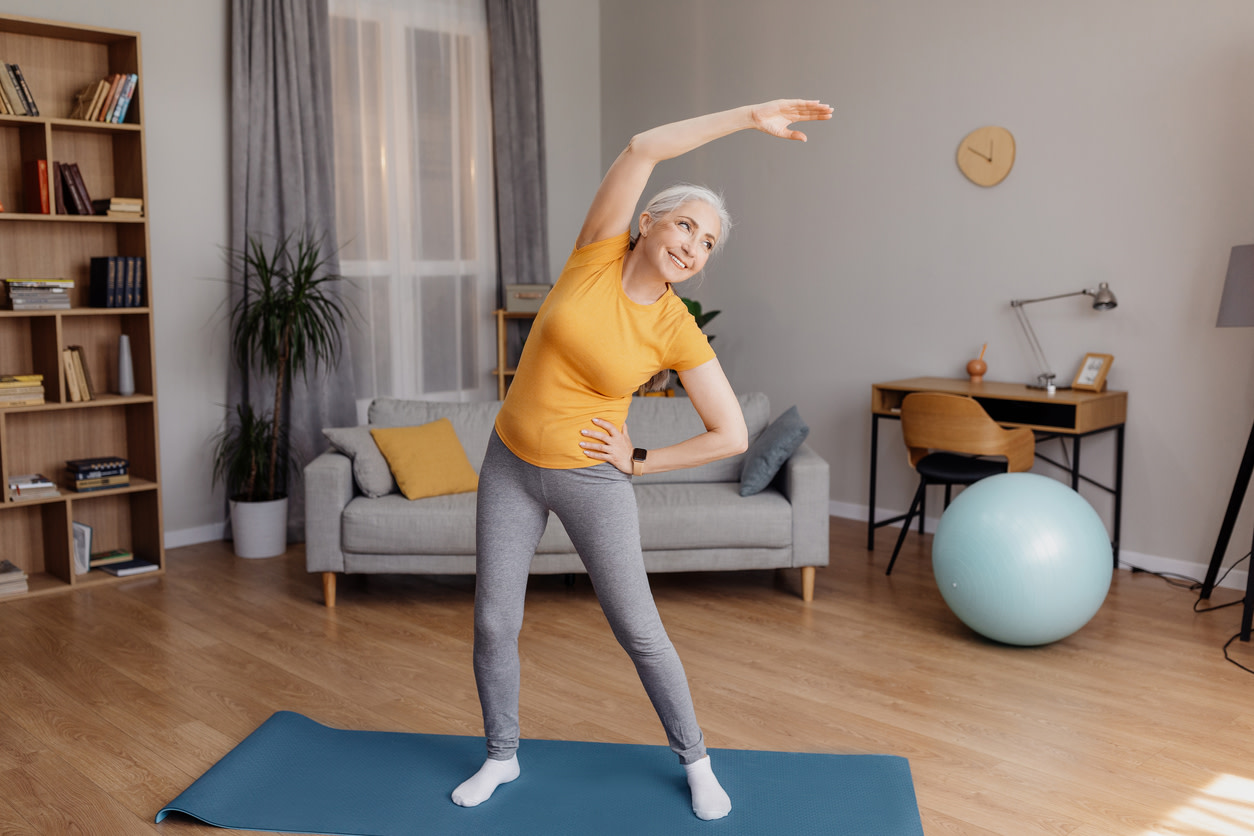9 PT-Recommended Exercises for Lower Back Pain for Seniors
Learn what exercises for lower back pain for seniors physical therapists recommend to help with back strength and mobility.
$0 costo para usted
Fecha de Publicación: Aug 29, 2024
El índice
Fully covered back pain relief
Find relief from lower back pain, a thrown out back, sciatica, & more.
Check if I'm eligible